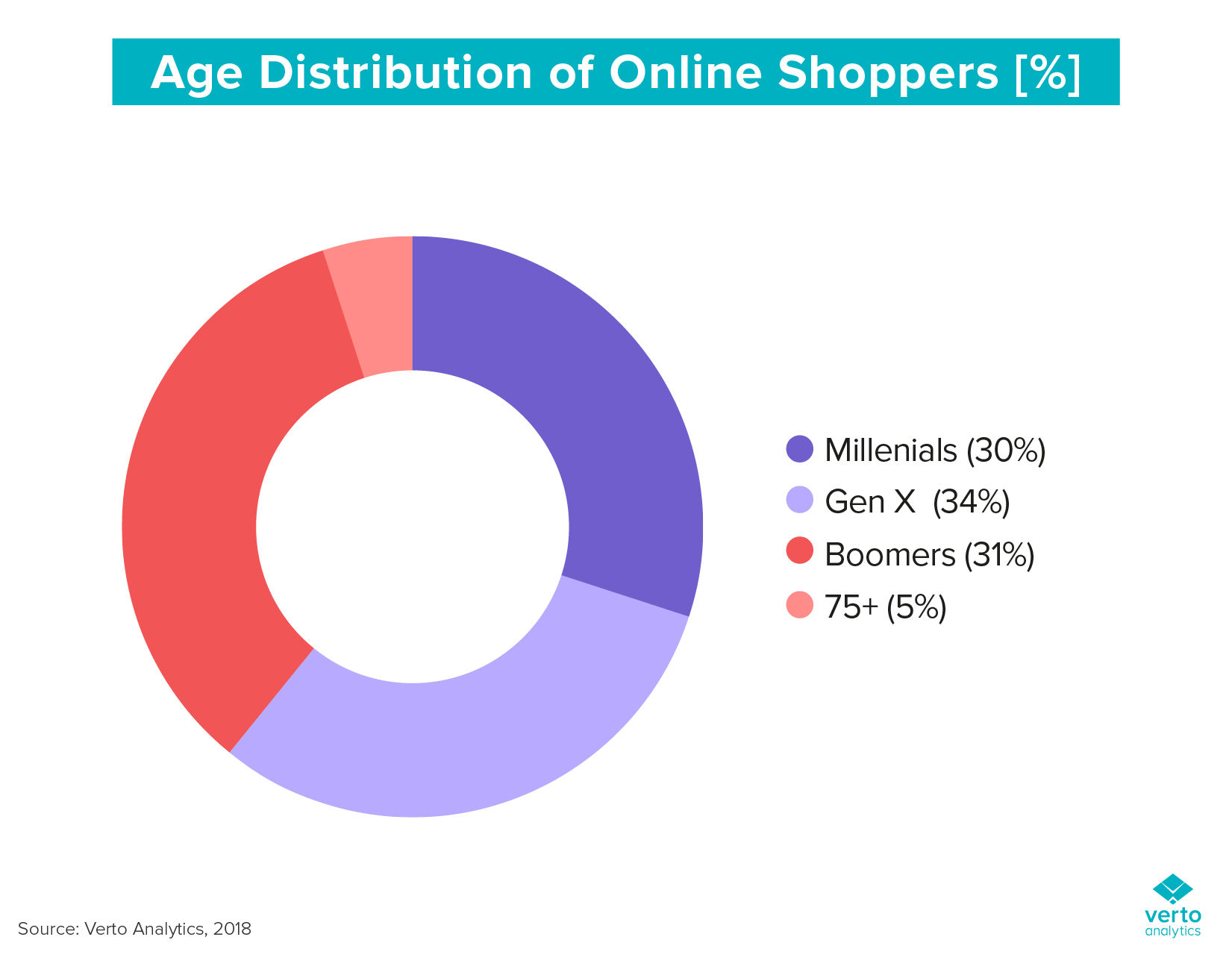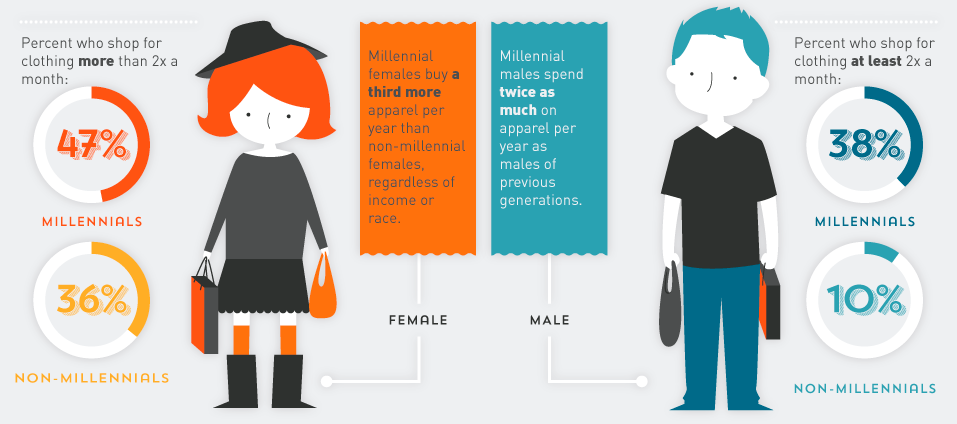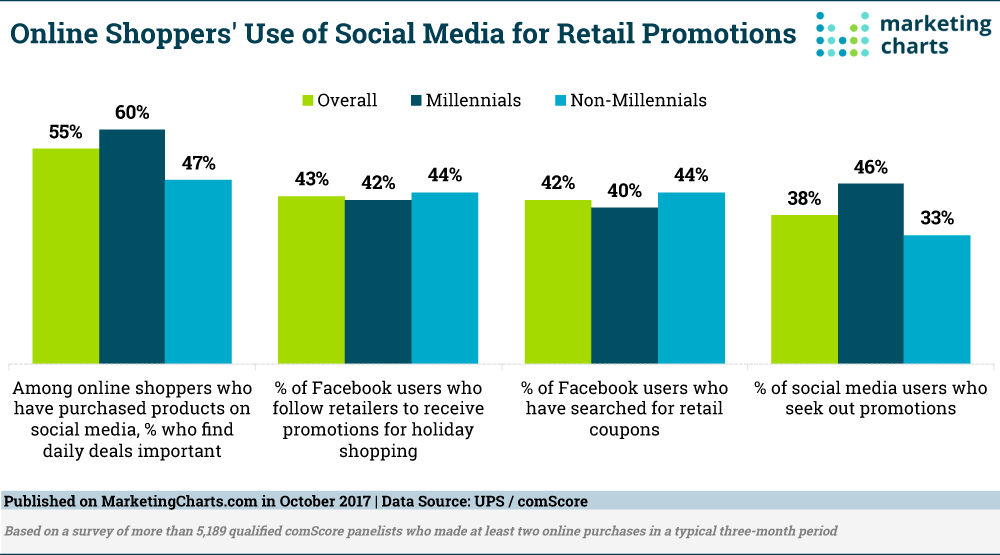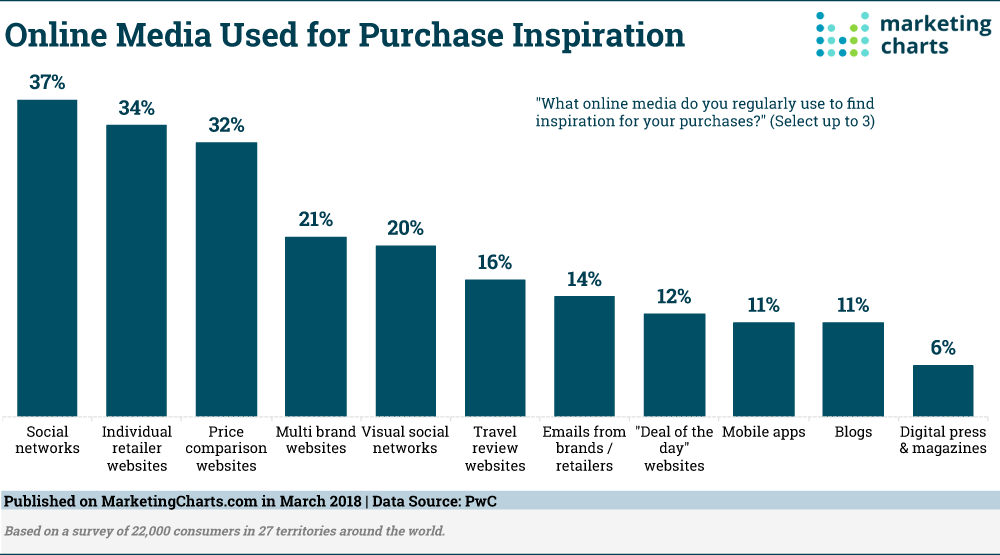Millennials also referred to as Generation Y, are the generations born between the 1980s and 1990s and follow Generation X. They are generally seen as more confident, self-expressive, and receptive to new ideas. Millennials and online shopping habits have been studied a lot during the past years.
Millennials grew up in an electronics-filled world, and they became accustomed to the online environment while still young.

Data from statistics
Because millennials grew up with technology, they tend to adjust more quickly to new devices, programs, and operating systems than older generations. According to a study, 67% of millennials prefer to shop online than in a regular store.
In 2018, e-commerce sales were 11.9% of all retail sales around the globe and were expected to grow to 17.5% in 2021. Also, mobile devices are preferred for browsing online, accounting 45% of online orders (source: Statista).
58% of consumers shop online because of the non-stop availability, and 30% say they would instead buy from a website they’ve bought before (source: KPMG). Customers who have a good experience on your website are more likely to return for more purchases and to recommend it to their acquaintances.
Differences
A difference between millennials and previous generations is that millennials tend to spend their extra income on experiences (travel, technology, etc.) rather than on goods with a short lifespan.
According to a statistic from 2018, men spend 68% more online than women per transaction. This happens because men are more prone to pay more per transaction than women.

The general increase of social media networks shows that retailers must pay more attention to ways they can attract customers using this channel. In a UPS study, 49% percent of US millennials say that social media influences their purchase decisions. Also, 55% find daily deals essential, and 46% of social media users seek out promotions.

Millennials and online shopping habits are interesting to study. The millennial generation is more open to purchasing on social media and to share personal information for better ads personalization. According to the same UPS study, 41% of millennials reported being comfortable sharing data to improve their shopping experience.
Millennials spend on average 6 hours per week shopping online, and 84% of them use smartphones to assist their shopping. Even though two-thirds of millennials say they will switch brands if they are offered a discount of 30% or more, they are more likely to experience purchaser’s regret than any other generation (source: Swiggle).

Here is a list of 10 characteristics of millennial online shopping behavior:
1. Millennials are more likely to seek the best deal, making them vulnerable to the temptation of discounted products;
2. Millennials spend more time researching before shopping;
3. Millennials report that online shopping makes it faster and easier to find the items they need;
4. Millennials are the most “brand loyal” generation;
5. Millennials care less about seeing the products they want to buy before the purchase;
6. Millennials are more likely to make big purchases;
7. Millennials consider reviews and testimonials essential during their online shopping process;
8. Millennials are more likely to complete a purchase if there are no shipping fees. Also, they consider the in-store pickup important;
9. Millennials rely a lot on their mobile devices when shopping online, so retailers must adapt to be successful;
10. The majority of millennials follow brands on at least one social media platform.
Here you can read about 10 common e-commerce myths explained.
All this information that we shared tells us that millennials and online shopping habits are very different than previous generations. This is why online retailers have to adapt their strategies. They have to optimize their websites for mobile, invest in a social media strategy, have competitive prices, offer discount and loyalty programs, and everything else it takes to create a seamless shopping experience.
